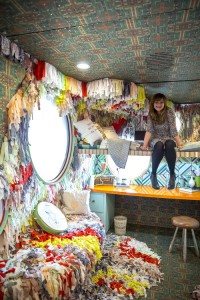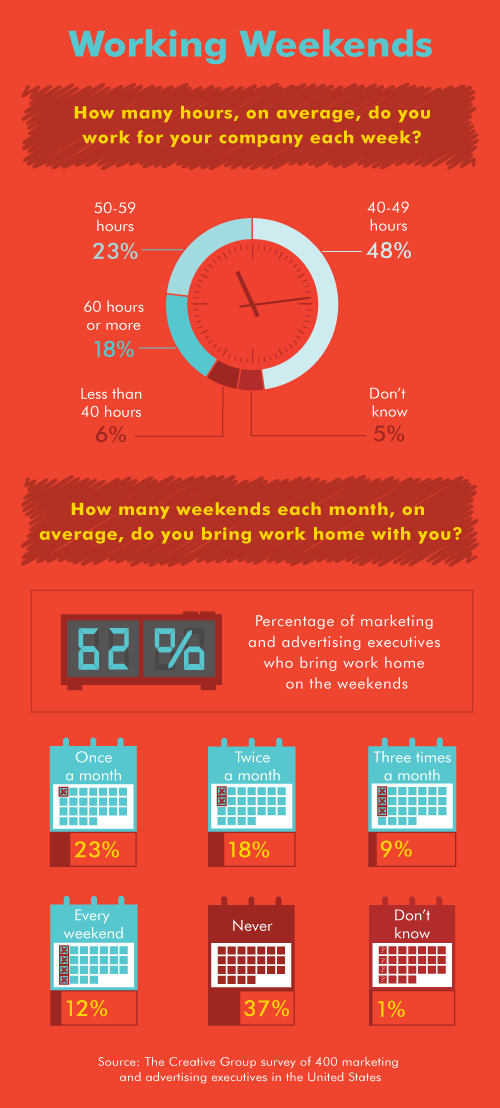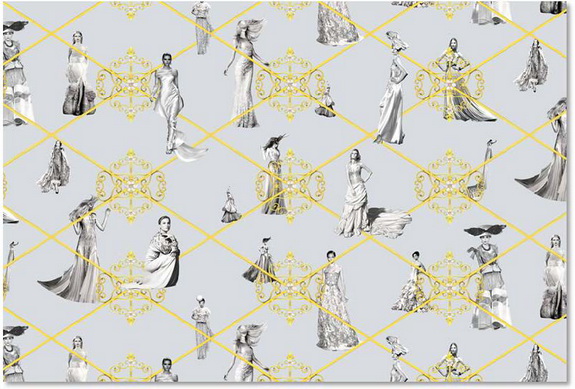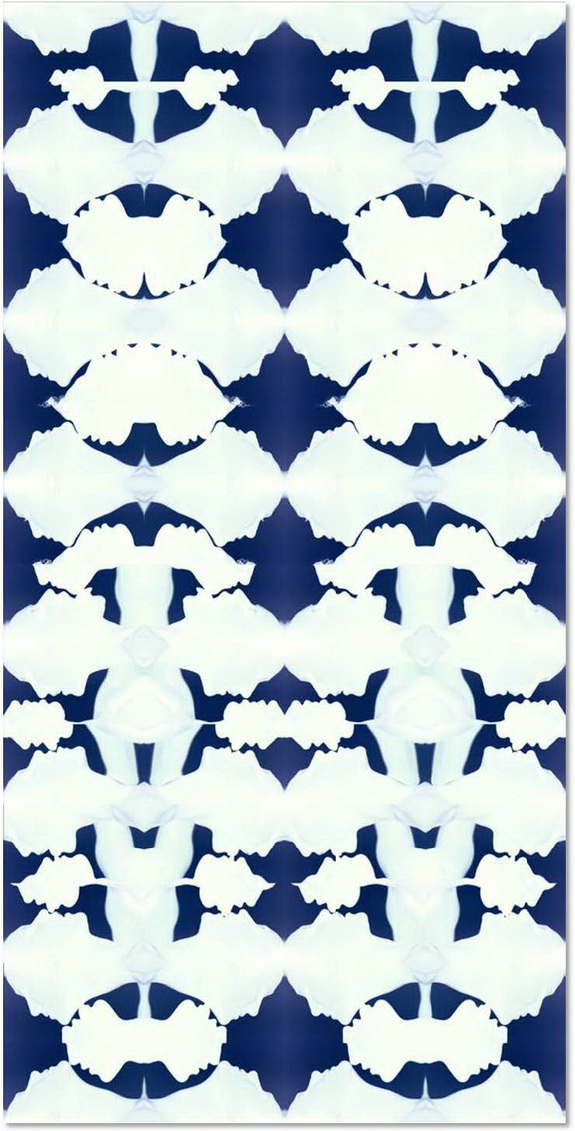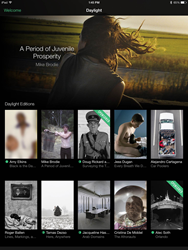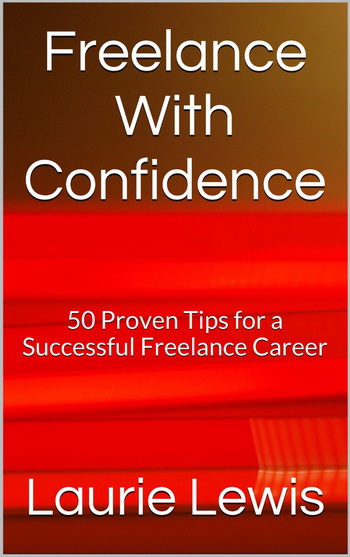Has your employer ever offered you a counter-offer after you have announced plans to accept a job elsewhere? If you accepted it, how did things work out?
According to new survey of advertising and marketing executives conducted for The Creative Group, counteroffers are becoming more common. But they can be a double-edged sword.
Twenty percent of advertising and marketing executives surveyed said the number of counteroffers extended by their company has increased in the last six months. (Only 5 percent said the number had declined.) Thirty-nine percent of executives said the main reason to issue a counteroffer is to avoid losing an employee with hard-to-find skills.
More than two-thirds (67 percent) of respondents who have extended a counteroffer said it is somewhat or very common for employees to accept the bid. But an employer’s problems may not be solved: 28 percent of executives said they would question the loyalty of an employee who accepted a counteroffer; another 21 percent said they worry the offer might not address the issues prompting the staff member to leave.
“Many companies are willing to pull out all the stops to retain their best people in this talent-short market, but counteroffers are often counterproductive,” said Diane Domeyer, executive director of The Creative Group. “They tend to be more of a Band-Aid than a cure — the employee may feel valued in the short term, but the issues that initially prompted the person to consider leaving usually crop up again.”
The Creative Group advises employers to consider five key questions before extending a counteroffer:
Will it address the real issue? A bigger salary or better job title may not significantly improve an employee’s long-term job satisfaction.
Is it a knee-jerk reaction? Are you asking the employee to stay because of the value he or she brings to the role or so your team won’t be left in the lurch?
Will it set an undesirable precedent? Make a counteroffer today, and you can be sure other departing employees will expect similar treatment in the future.
Will my payscale remain intact? Compensation among employees should be equitable, so if one employee gets a significant raise because of another job offer, it may upset the balance of your compensation program.
What impact will it have on the team? What you gain by attempting to appease one employee may cause resentment and low morale among the rest of your team.
About the Survey
The national study was developed by The Creative Group and conducted by an independent research firm. It is based on 400 telephone interviews — 200 with marketing executives randomly selected from companies with 100 or more employees and 200 with advertising executives randomly selected from agencies with 20 or more employees.
About The Creative Group
The Creative Group (TCG) specializes in placing a range of highly skilled interactive, design, marketing, advertising and public relations professionals with a variety of firms on a project and full-time basis.
LINKS
.


